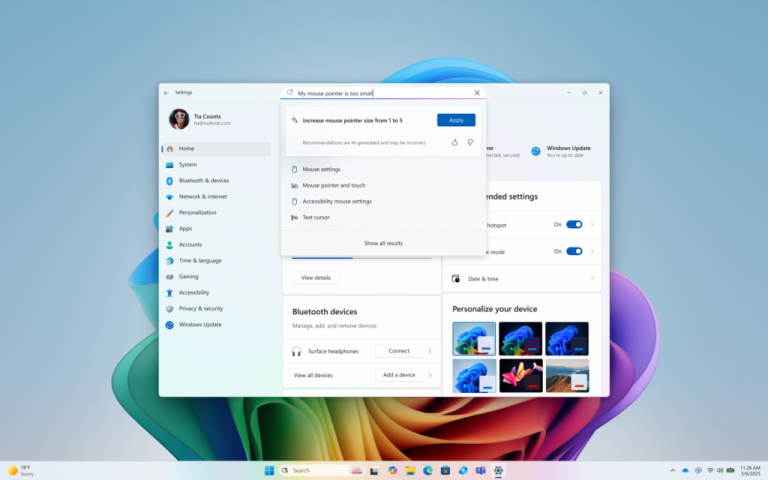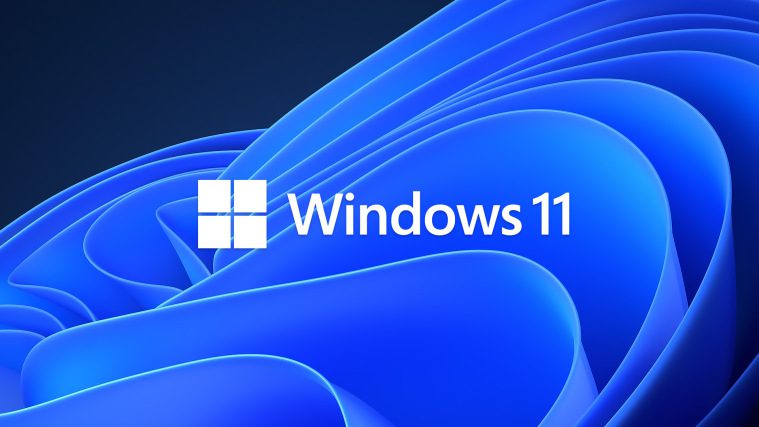
Microsoft is preparing to release the next major update to Windows 11. Today, the Windows Insider team announced that Windows 11 version 25H2 has entered the Release Preview channel—the final stage before the system becomes available to all users. The first 25H2 builds began appearing in other testing channels roughly two months ago.
Placing the update in Release Preview is comparable to the old RTM (release to manufacturing) milestone, back when Windows was still distributed on physical media. The build number for this new release begins with 26200, whereas last year’s 24H2 update began with 26100.
The 25H2 update itself does not introduce sweeping changes; its primary purpose is to extend the system’s support lifecycle, as each annual version receives two years of security updates. According to Microsoft, 24H2 and 25H2 are based on the same development branch, meaning there are no significant architectural differences. Installing the new version may, however, activate features that were already present in 24H2 but disabled by default.
Among the notable changes are the permanent removal of PowerShell 2.0 and the Windows Management Instrumentation console tool, both long considered obsolete. Administrators will now also have the option to automatically remove certain preinstalled Microsoft Store applications through Group Policy. However, the company has not announced any new features aimed directly at end users—a situation reminiscent of the 23H2 update two years ago.
For those who prefer a clean installation, Microsoft has promised to release ISO images of Windows 11 25H2 next week. Even if you are not part of the Windows Insider program, these builds will continue to receive regular updates and will eventually merge with the final version that ships to the general public.
Traditionally, such updates begin rolling out in the autumn, most often in October. They are first deployed to a limited number of systems, and then—barring major issues—become available to all users through Windows Update.
In parallel, Microsoft has also released new builds in the Canary, Dev, and Beta channels. Here, too, there are no groundbreaking innovations. Changes include the “Click to Do” feature, which can now suggest creating Excel tables from website and document data, new capabilities for Braille users, and an updated Windows sharing dialog that allows searching for apps to send files. In addition, several bugs have been fixed—though, as always, a few new ones have appeared.





